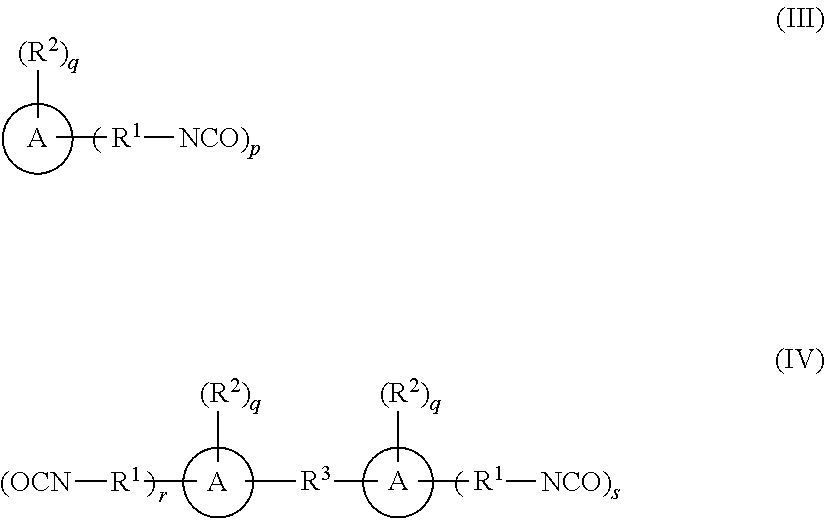Proppant With Enhanced Interparticle Bonding
a technology of interparticle bonding and proppant, which is applied in the direction of thin material handling, fluid removal, borehole/well accessories, etc., can solve the problems of reducing the conductivity of the proppant, affecting the performance and usefulness and affecting the performance of the partially cured. it is easy to achieve the effect of enhancing interparticle bonding, reducing flowback, and maintaining conductivity
- Summary
- Abstract
- Description
- Claims
- Application Information
AI Technical Summary
Benefits of technology
Problems solved by technology
Method used
Image
Examples
example
Example 1
[0121]The following is an example of a sequence for making a polyurethane-based coating according to the invention having a silane adhesion promoter between the proppant core and the inner layer of the proppant polymer coating and the same silane adhesion promoter added into the later duration of the addition sequence to incorporate the adhesion promoter into the outer layer of the proppant coating.
ADDITION CYCLE (Low temperature polyurethane coating)Time(start / stop)(m:s)Step0:002000 g of preheated sand (200 F.) is added to a lab mixer0:00 / 0:051.2 g of aminopropyltriethoxysilane is added with mixingover a 5 sec period0:15 / 1:0531.56 g of polyMDI is added over a 50 second period0:20 / 0:5528.44 g of a Polyol added over a 35 second period0:25 / 0:302 g of an oil based colorant is added over a 5 second period0:55 / 1:001.4 g of aminopropyltriethoxysilane is added with mixingover a 5 sec period1:40 / 1:458.0 g of an aqueous solution of silica anticaking agent2:00...
PUM
| Property | Measurement | Unit |
|---|---|---|
| temperature | aaaaa | aaaaa |
| temperature | aaaaa | aaaaa |
| temperature | aaaaa | aaaaa |
Abstract
Description
Claims
Application Information
 Login to View More
Login to View More - R&D
- Intellectual Property
- Life Sciences
- Materials
- Tech Scout
- Unparalleled Data Quality
- Higher Quality Content
- 60% Fewer Hallucinations
Browse by: Latest US Patents, China's latest patents, Technical Efficacy Thesaurus, Application Domain, Technology Topic, Popular Technical Reports.
© 2025 PatSnap. All rights reserved.Legal|Privacy policy|Modern Slavery Act Transparency Statement|Sitemap|About US| Contact US: help@patsnap.com



